Automobile Purchase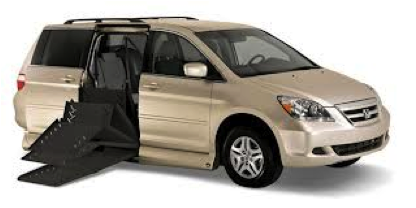
Mini-vans or full-sized vans are the best options. With ALS, plan to eventually ride as a passenger. Your electric wheelchair can be mechanically locked into the floor (E-Z Lock) or strapped down manually. After researching both extensively, I purchased an adapted mini-van. The advantages of an adapted mini-van with a wheelchair accessible “conversion package” include the fact that it is readily available, can usually fit into a standard garage, and has more front passenger room. In addition, the side sliding door design and simple, folding drop ramp makes it more user-friendly (e.g. doors cannot slam shut on you with high winds). Also, if the lift “motor” fails in a folding ramp, which typically comes on a mini-van, you can still easily lift or lower the ramp manually.
The main advantage of a full-sized “conversion” van is that you can get a used one for a significantly lower cost in comparison to a used, adapted mini-van.
Rear Loading Ramps
I do not prefer these. There are many disadvantages of rear-loading ramps to be aware of, including:
- When loading/unloading, the wheelchair may drop down into the middle of a parking lot aisle
- No dedicated storage or rear passenger area
- Difficult to secure wheelchair
- If mid-passenger seats are installed, wheel chair sits over rear axle, which is not desirable or easy on the person’s buttocks
- Steeper ramp angle (could be more dangerous if chair were to slip or roll off more quickly)
- Wheel chair occupant may feel like they are a second class passenger
- May stereotype person in wheelchair, i.e., always in the “back of the bus”
BUYER BEWARE!
When car shopping, if at all possible, bring your wheelchair or a loner wheelchair of a similar model. Drive it up the ramp or load it into the lift on the vehicle. Then, check to see what you would need to do in order to load into the vehicle, if the ramp or lift should fail. This is especially important when deciding between a full-size and mini-van.
Once in the vehicle, see if you have enough space to position your wheelchair in the position where you expect to lock in or strap down. Check for head clearance upon entering the van. Remember, in later stages of ALS, you may not be able to tilt your head if head room is inadequate.

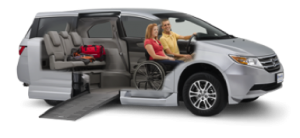
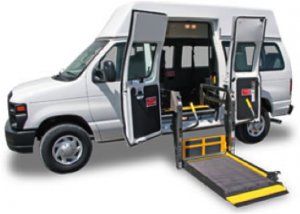
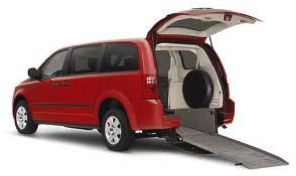
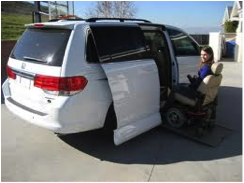
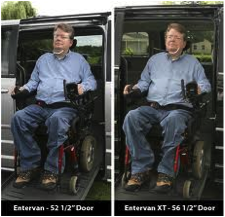
Having a ramp on vehicle with disabled passenger must be compulsory. I found a ramp installed on kia carnival and it really looks great.
I know a lot of things but it is always good to read an article like this. I will recommend it to my friends. greeting
The aluminum modular XP wheelchair ramp can be used in both commercial applications (1:12 slope) and residential applications and conform to most local codes.